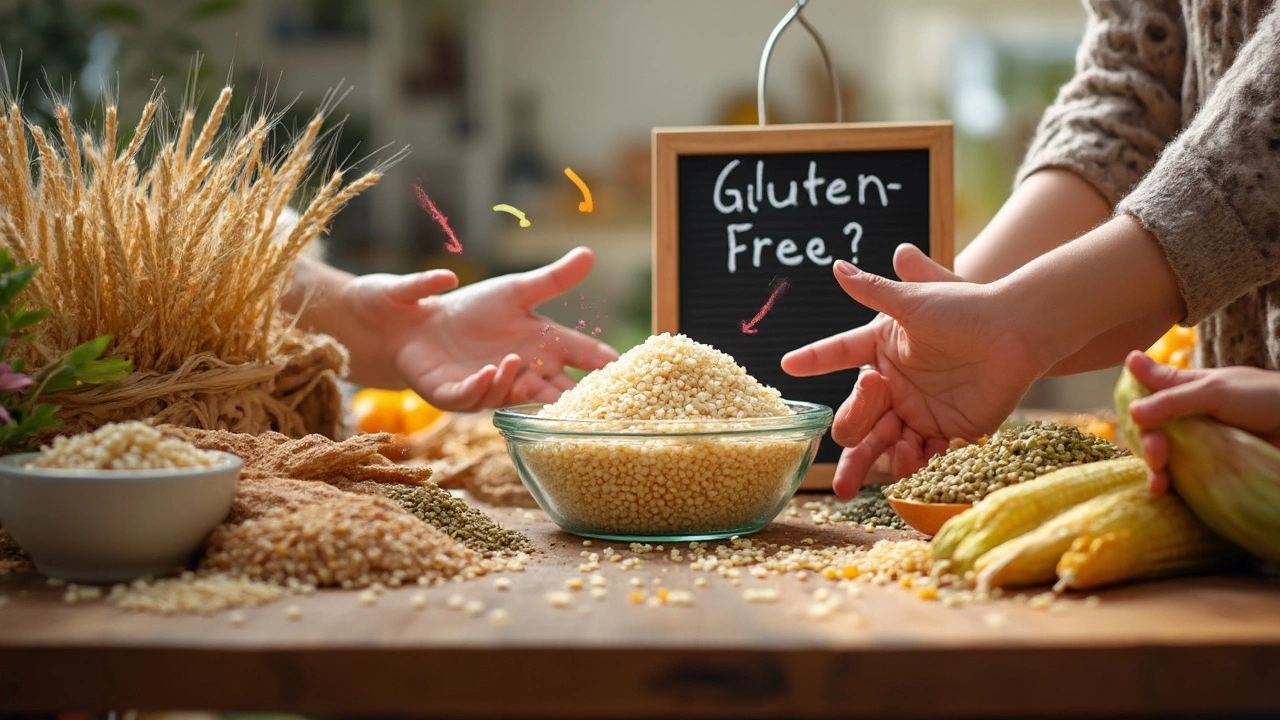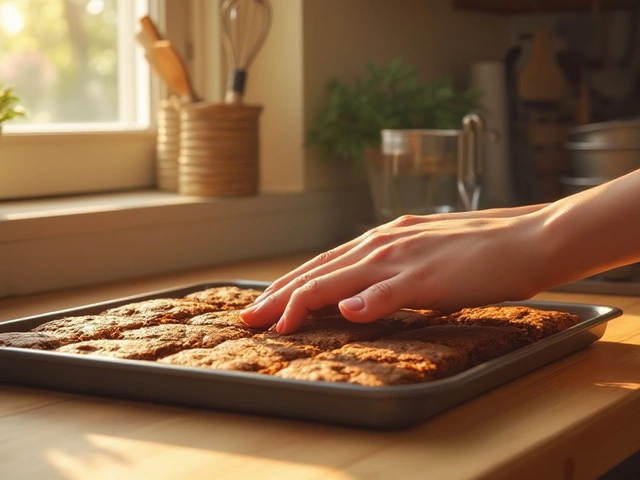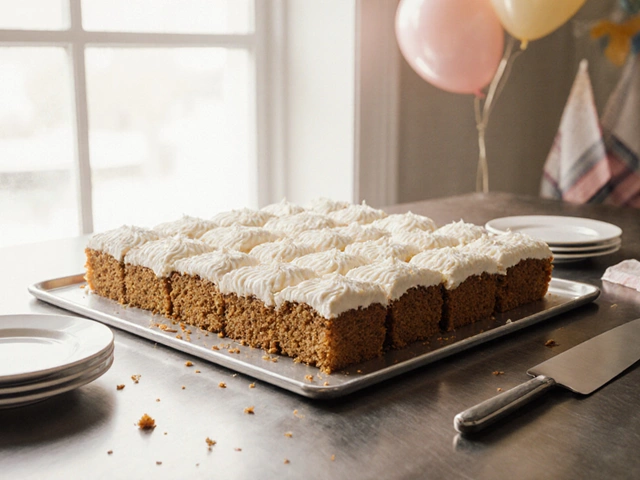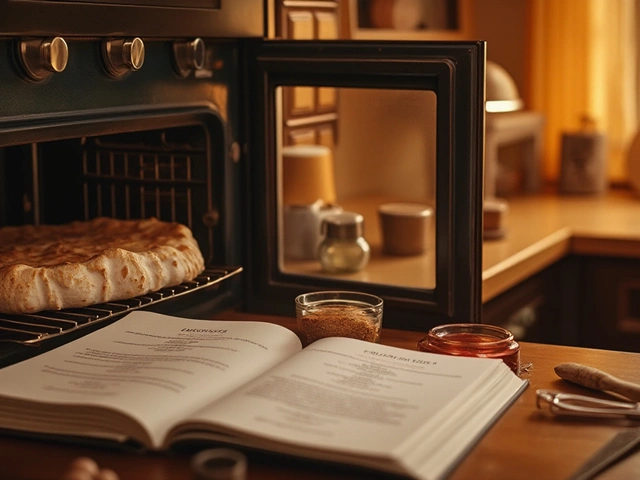Gluten in Couscous – Quick Facts and Safe Swaps
If you love the tiny, fluffy texture of couscous but need to stay gluten‑free, you probably wonder whether it’s safe. The short answer is no – regular couscous is made from wheat, so it does contain gluten. Below you’ll get the basics, a few tips for reading labels, and a handful of easy swaps that keep the same bite without the gluten.
Is Couscous Gluten‑Free?
Couscous is a product of durum wheat, the same grain that makes pasta and bread. Because it’s wheat‑based, it has the gluten proteins that trigger reactions in people with celiac disease or gluten sensitivity. Even the tiny beads called “Israeli couscous” or “pearl couscous” are still wheat, so they’re not safe either.
Some specialty stores list “gluten‑free couscous” made from corn, rice or millet. If you see that wording, double‑check the ingredient list – a few brands still add wheat starch as a filler. When a product is truly gluten‑free, it should have a certification or a clear “gluten‑free” claim on the package.
Gluten‑Free Alternatives to Couscous
There are several grains and veggies that give you a similar texture without the gluten. Quinoa is the most popular swap; it cooks fast and has a light, nutty flavor. Millet and buckwheat (despite the name, buckwheat is not wheat) also work well. If you want something ultra‑quick, cauliflower rice can be pulsed in a food processor and sautéed for a few minutes.
Cooking these alternatives is straightforward. For quinoa, rinse it under cold water, then simmer 1 cup quinoa with 2 cups water for about 15 minutes until fluffy. Millet follows a similar ratio, but you may need to toast it first for extra flavor. Cauliflower rice just needs a quick steam or a brief stir‑fry with a splash of oil and a pinch of salt.
When you’re buying packaged gluten‑free grains, keep an eye on cross‑contamination warnings. Even a gluten‑free label can be unreliable if the facility also processes wheat. Look for brands that follow strict gluten‑free standards and have third‑party testing.
Here’s a fast recipe to replace couscous in a salad: cook 1 cup quinoa, let it cool, then toss with chopped cucumber, cherry tomatoes, parsley, a squeeze of lemon, and a drizzle of olive oil. Season with salt and pepper, and you’ve got a bright, gluten‑free side that mimics couscous perfectly.
Bottom line: regular couscous isn’t gluten‑free, but you have plenty of tasty alternatives that keep the same texture and are easy to prepare. Just read labels, pick a certified brand, and enjoy your dishes without worry.

Does Couscous Have Gluten? What You Need to Know
Couscous often causes confusion for anyone trying to avoid gluten. This article breaks down exactly what couscous is made from, whether it's gluten-free, and why it matters for anyone with celiac disease or gluten intolerance. You’ll find tips for safer swaps when baking gluten-free cakes and learn a few surprising facts about couscous and similar foods. Get clear answers so you don't risk your health—or your next cake adventure.
View More




